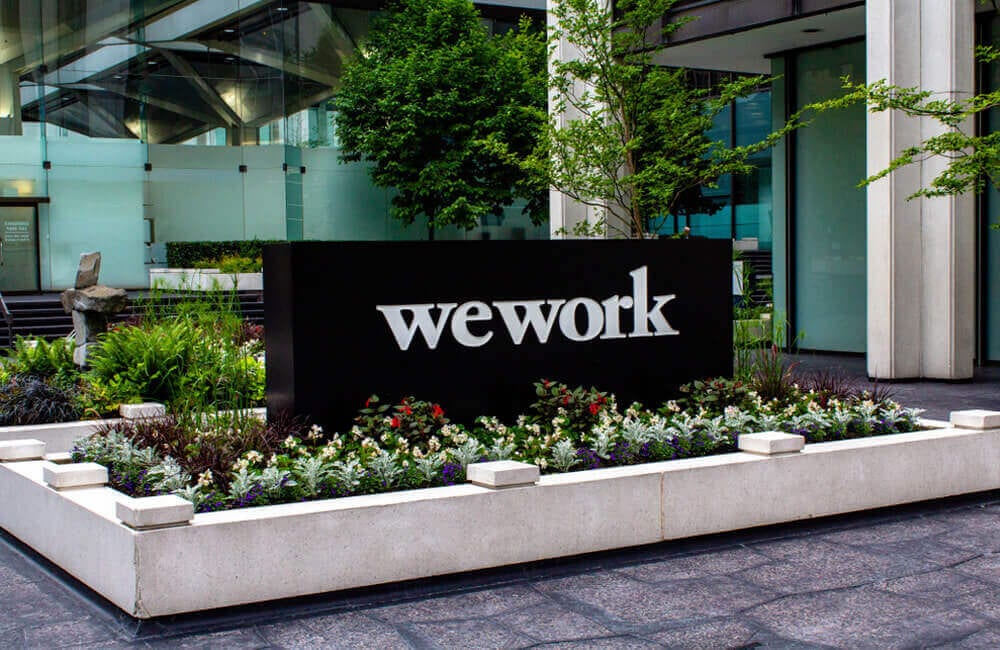
Cannabis farmers reportedly harvested over 2.5 million pounds of marijuana in October alone, 1.3 million of which in usable marijuana which was entered into the Oregon Liquor Control Commission’s (OLCC) system for tracking cannabis. That’s quite a significant amount for a state that has around 4 million people; it means there’s roughly a half pound of marijuana for every resident, and not everyone partakes.
Government statistics show that the state counts 1,107 licensed, active producers, with a further 900 currently seeking licenses. There is currently no limit on the number of licenses the state is willing to issue, but the OLCC has now temporarily frozen new applications in response to the oversupply issue.
Craft Cannabis Alliance Executive Director Adam Smith said: “You’ll see people going out of business in the spring when it’s planting time. There are far too many in the industry in distress. No one is making money here.”
Speaking to the Associated Press, producers have said wholesale prices dropped by more than 50 percent during the past year. Data from the state’s Office of Economic Analysis has revealed the retail cost of 1 gram of marijuana dropped from $14 in 2015 to just $7 in 2017.
Complicating matters is the fact that it remains illegal at the federal level, which means there is an imbalance between suppliers and demand. Cannabis market research firm New Frontier Data’s vice president and senior economist, Beau Whitney, said that if it were to become legal throughout the nation and there was on open market, demand would rise and prices would stabilize. Oregon once supplied high-quality pot to the black market throughout the nation.
Stemming the marijuana oversupply problem
Oregon lawmakers have put forth legislation that could help legalize the interstate export of pot, which could also help ease the problem. For now, however, it appears that the pot bubble is deflating. While suppliers and retailers are suffering, consumers are taking advantage of the prices, and the associated tax revenue is also enjoying a nice uptick. While the state does not have general sales tax, there is a 17 percent sales tax on pot. Falling prices may mean the state is making less money per sale, but the higher sales volume is more than making up for it. In 2017, taxes on marijuana brought in $70 million in revenue for the state; projections for 2018 sit at $90 million, according to Oregon Live.
Smaller marijuana businesses are doing what they can to remain afloat. One group is launching an ad campaign explaining to Oregonians why paying more for “mom and pop” cannabis is beneficial; should their efforts fail, Oregon Craft Cannabis Alliance founder Adam Smith thinks as much as 70 percent of the small growers and retailers in the state could go out of business.
According to experts, this situation should serve as a cautionary tale for those in California, where a regulatory structure similar to that of Oregon could also lead to a wide-scale marijuana oversupply problem.
Sources for this article include:
Please contact us for more information.























